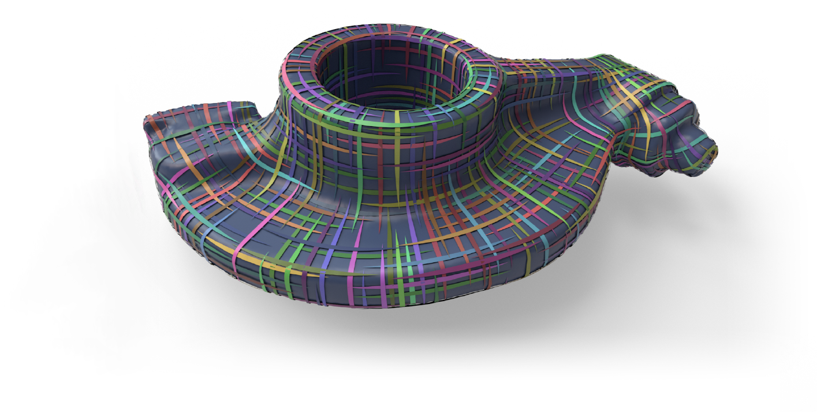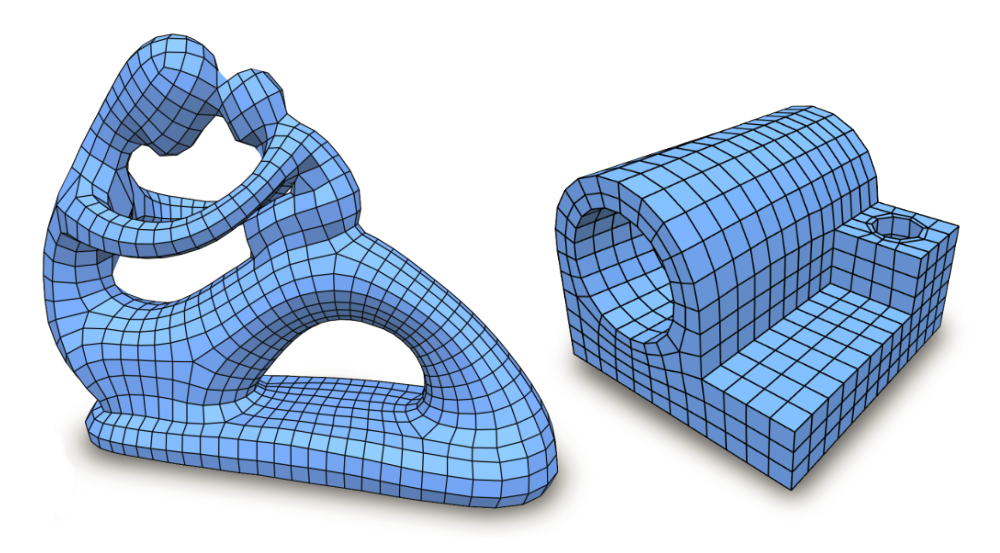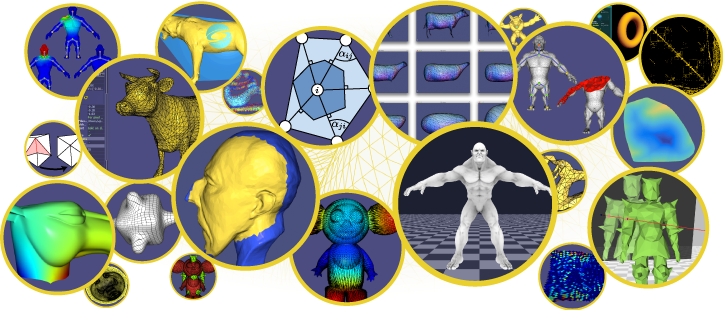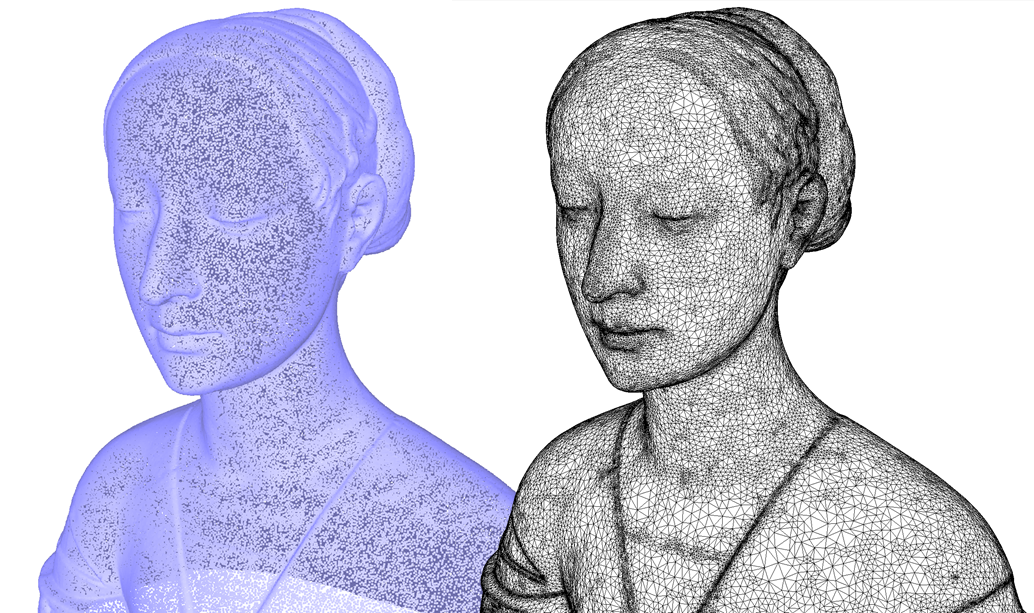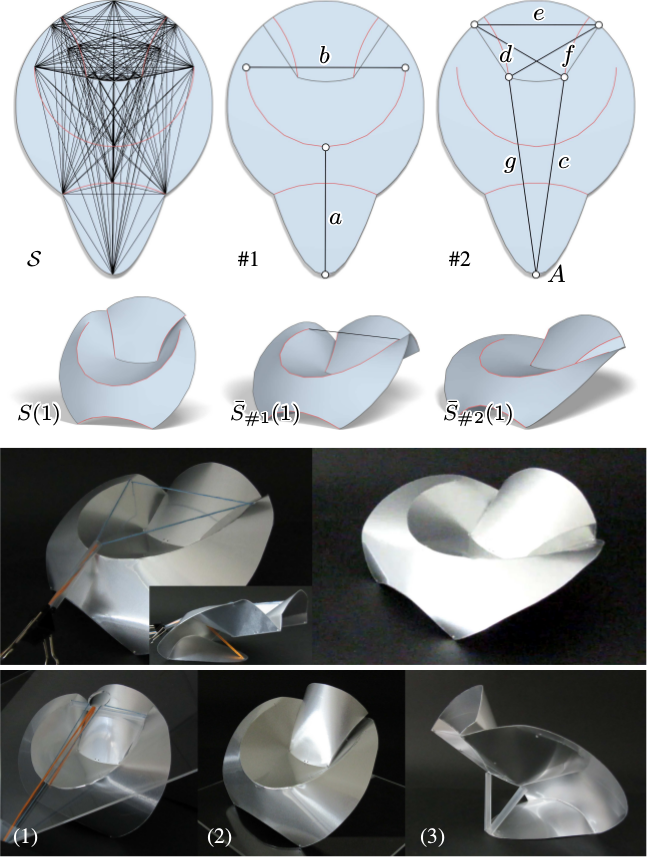Keenan Crane - Conformal Geometry Processing
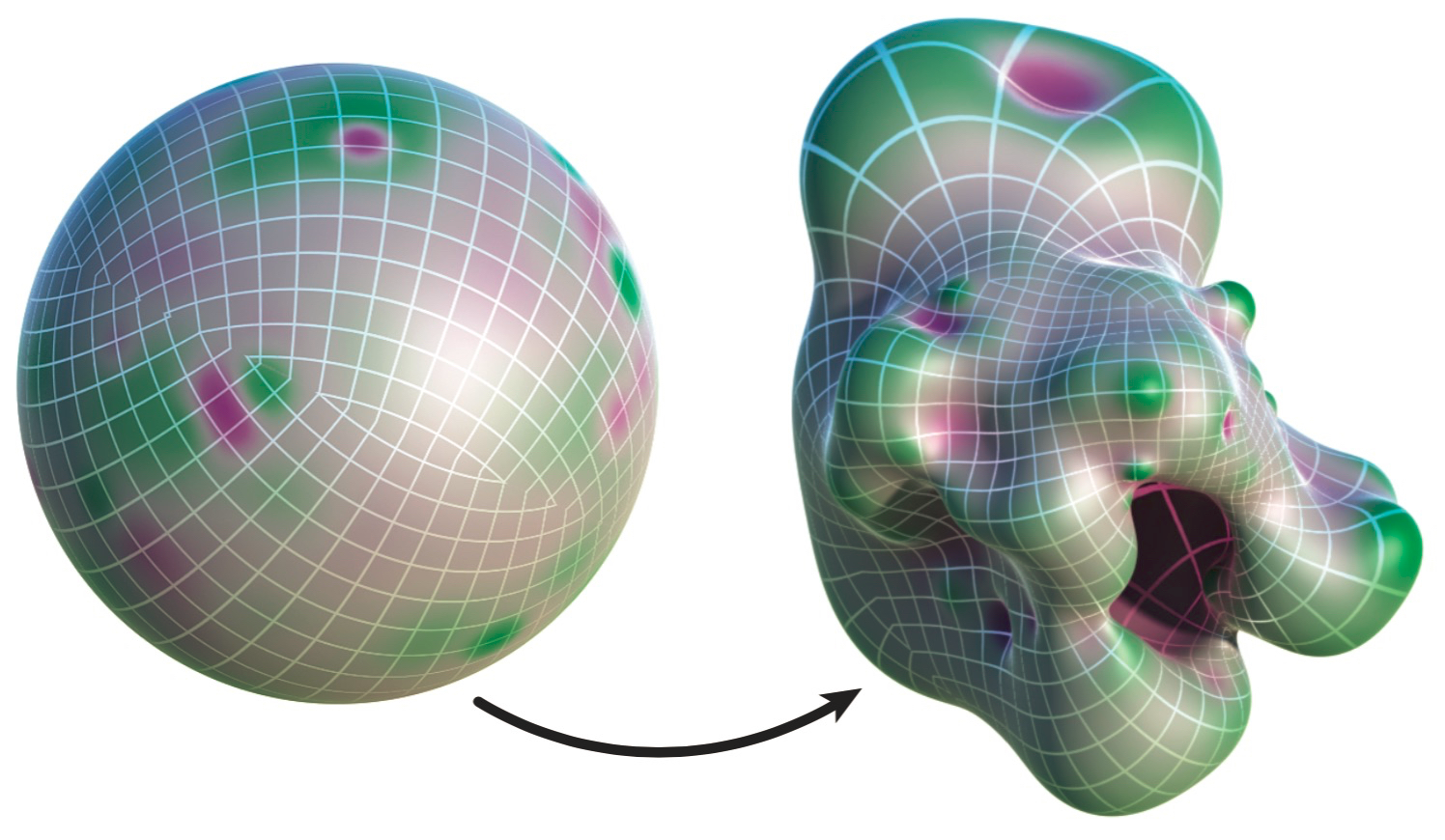
Digital geometry processing is the natural extension of traditional signal processing to three-dimensional geometric data. In recent years, methods based on so-called conformal (i.e., angle-preserving) transformations have proven to be a powerful paradigm for geometry processing since (i) numerical problems are typically linear, providing scalability and guarantees of correctness and (ii) conformal descriptions of geometry are often dramatically simpler or lower-dimensional than traditional encodings. Conformal geometry is also linked to constitutive laws appearing in computational mechanics and 3D fabrication. This lecture will touch on both the mathematical foundations of conformal geometry, as well as recent numerical techniques and applications in 3D geometry processing.
Recorded: 9am 1st July 2017 (slides, video, Video (Archive))
Bio: Keenan Crane is an Assistant Professor of Computer Science and Robotics at Carnegie Mellon University. His research draws on insights from differential geometry and computer science to develop fundamental algorithms for working with real-world geometric data. He received his BS from UIUC, was a Google PhD Fellow at Caltech, and a NSF Mathematical Sciences Postdoctoral Fellow at Columbia University.
